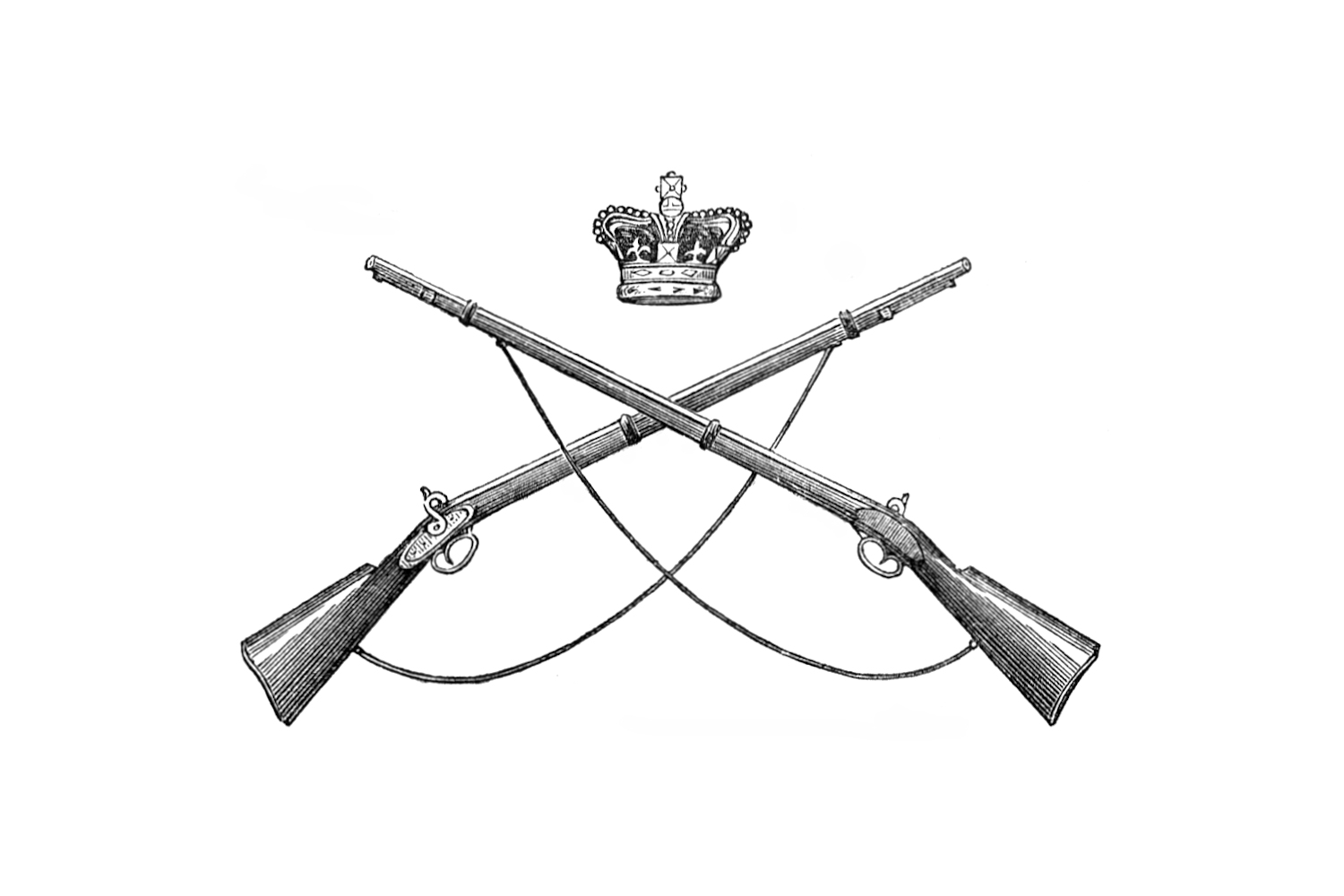You are here: Home > Marksmanship > Military Marksmanship
The following account is extracted from William Forbes-Mitchell’s ‘Reminiscences of the Great Mutiny 1857-59‘. It provides some interesting first hand comment on the effect of shooting a fouled muzzle loading Enfield rifle, and on the effectiveness of long range volley fire on artillery crews.
After making a good breakfast the men were told off in sections, and we discharged our rifles at the enemy across the Goomtee,* and then spunged them out, which they sorely needed, because they had not been cleaned from the day we advanced from the Alumbâgh. Our rifles had in fact got so foul with four days’ heavy work that it was almost impossible to load them, and the recoil had become so great that the shoulders of many of the men were perfectly black with bruises. As soon as our rifles were cleaned, a number of the best shots in the company were selected to try and silence the fire from the battery in the Bâdshâhibâgh across the river, which was annoying us by endeavouring to pitch hot shot and shell into the tomb, and to shorten the distance they had brought their guns outside the gate on to the open ground. They evidently as yet did not understand the range of the Enfield rifle, as they now came within about a thousand to twelve hundred yards of the wall of the Shâh Nujeef next the river. Some twenty of the best shots in the company, with carefully cleaned and loaded rifles, watched till they saw a good number of the enemy near their guns, then, raising sights to the full height and carefully aiming high, they fired a volley by word of command slowly given – one, two, fire! and about half a dozen of the enemy were knocked over. They at once withdrew their guns inside the Bâdshâhibâgh and shut the gate, and did not molest us any more.
* It may be necessary to remind civilians that the rifles of 1857 were muzzle-loading.
Source: ‘Reminiscences of the Great Mutiny 1857-59’ by William Forbes-Mitchell (Late Sergeant, Ninety-Third Sutherland Highlanders) Macmillan and Co. Limited, St. Martin’s Street, London. 1910 (First edition 1893)
